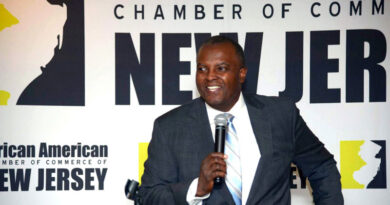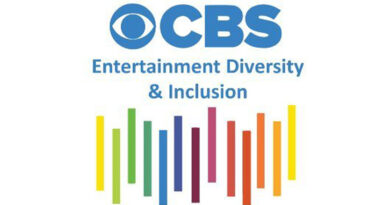Sisterhood in the Workplace: Supporting Black and
Latina Women beyond Women’s History Month
To support Black and Hispanic women in the workplace, we must understand the unique challenges they face and advance solutions. Young Black and Latinas girls are more likely to identify as leaders than girls of other races. However, when they grow up, the disparities they face when it comes to pay and opportunity are jarring. In fact, according to the US Census , Black women were paid 63% of what non-Hispanic white men were paid. That means it takes the typical Black woman 19 months to be paid what the average white man takes home in 12 months. And Latinas endure the widest pay gap of any group, earning just 57 cents on the dollar compared to non-Latino white men.
It’s no secret that gender bias plays a role in income disparities, and unfortunately, these inequities intensify when considering compounding factors like race and ethnicity. JPMorgan Chase is increasing awareness around these inequalities and is committed to using its resources to make real change – not just during Women’s History Month, but every month.
JPMorgan Chase has dedicated divisions that specialize in outreach to diverse audiences. We sat down with Silvana Montenegro, Head of Advancing Hispanic & Latinos and Byna Elliott, Head of Advancing Black Pathways at JPMorgan Chase, to discuss their perspectives on women in the workplace, and how the company is helping to create an equal playing field.
Q: How is JPMorgan Chase working to tackle income inequity for Black and Hispanic/Latina women?
Silvana: We realize that tackling income inequality requires consistent programming that focuses on inequity both in the workplace and in the educational environment Black and Hispanic/Latina women are in before they start working. Advancing Black Pathways (ABP) and Advancing Hispanic & Latinos (AHL) were born out of recognition that, while our company has made efforts to be inclusive and impactful in all activities, we need to be very intentional in our approach to our work. ABP was established to help the Black community chart stronger paths toward economic success and empowerment, while AHL is a way for us to drive meaningful and sustainable change for the Hispanic and Latino communities.
Through these initiatives, we’ve created a set of activities focused on entrepreneurship, career readiness and support, financial health, and community development. Women are a core audience for all of our efforts.
Q: How is JPMorgan Chase helping Black and Hispanic/Latina -owned businesses grow and expand?
Byna: The number of Black and Latina women becoming entrepreneurs is continuing to rise at an accelerated rate. Black business ownership is up by almost 30% on pre-pandemic levels and Black women are the fastest-growing group of female entrepreneurs. Similarly, Latinas are more likely to own – or plan to own – their own businesses than non-Hispanic women. We want to see entrepreneurs not simply do well, but thrive!
Partnership is key in helping to reach Black and Latina entrepreneurs with helpful resources. Internally, we partner across our business – including with our community and consumer branch colleagues who are often the face of the company to entrepreneurs – to offer business education, coaching and banking solutions to business owners. But external partnerships are also critical to our efforts.
For example, ABP partnered with digitalundivided to launch BREAKTHROUGH, a business-intensive program designed to help women of color entrepreneurs propel their businesses. The curriculum for the program includes programming on strengthening customer engagement and banking relationships, as well as identifying and implementing business models. Upon completion of the program, each participant receives a $5,000 grant to invest in their business.



